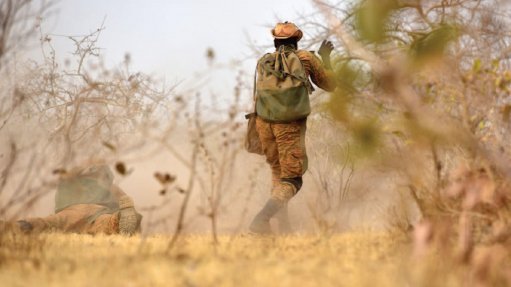
Atrocities by armed Islamist groups active in Burkina Faso and by the Burkinabè security forces in the course of counterterrorism operations have significantly increased since mid-2018, according to recent studies and other sources, leaving scores dead, and forcing tens of thousands of villagers to flee their homes. While the violence and insecurity have spread throughout the country, the epicenter of abuse and insecurity remains the northern Sahel region, which borders Mali and Niger.
Burkina Faso has been grappling with armed Islamist insurgent groups since the emergence in 2016 of Ansaroul Islam, a homegrown group with roots in the country’s Sahel region. Ansaroul Islam and a patchwork of groups linked to both Al-Qaeda in the Islamic Maghreb (AQIM) and the Islamic State in the Greater Sahara (ISGS) have attacked army bases, police, and gendarme posts, and civilian targets including in the capital, Ouagadougou, leaving several hundred dead, including security force members and civilians.
This report documents alleged atrocities by both the armed Islamists and the security forces in the Sahel region, from mid-2018 until February 2019. The abuses were documented during a research trip to Ouagadougou in January 2019 and in phone interviews in February and March. Human Rights Watch interviewed 92 victims and witnesses to abuses as well as leaders from the ethnic Bella, Foulse, Mossi and Peuhl communities; justice and defense ministry officials; health workers; diplomats; and security analysts.
The abuses documented took place in 32 hamlets, villages and towns in the Sahel region, the vast majority within the Arbinda and Tongomayel administrative areas, or communes, of Soum Province. The findings build on Human Rights Watch research in Burkina Faso during 2018.
The report documents incidents during which armed Islamist groups allegedly killed at least 42 civilians, who they suspected of being government collaborators; abducted and intimidated local leaders; engaged in pillage, commandeered ambulances and stopped animal vaccination campaigns; destroyed schools, forbade women from socializing or selling in the market and villagers from celebrating marriages and baptisms; and shot up local businesses.
Report by the Human Rights Watch